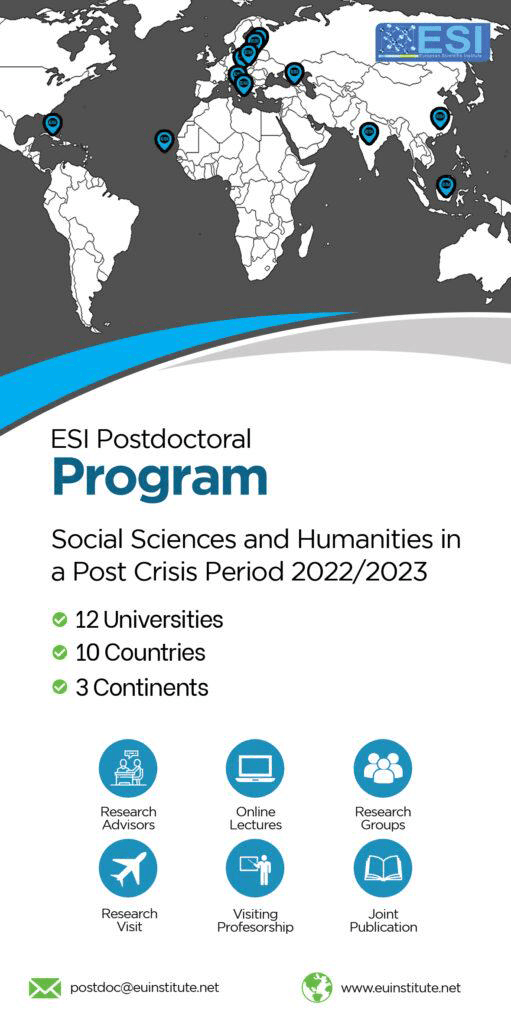Enhancing the Resilience of Portal Systems Using a Modified Lion Optimization Algorithm (MLOA) for Early Anomaly Detection Threshold against Cyber Threats
Abstract
This research introduces a hybrid anomaly detection model that integrates the Modified Lion Optimization Algorithm (MLOA) with the One-Class Support Vector Machine (OCSVM) to enhance the resilience of portal systems against advanced cyber threats, including Man-in-the-Middle (MitM) attacks, denial-of-service events, and data breaches. The MLOA-OCSVM model leverages advanced preprocessing and feature selection techniques for high-dimensional datasets, incorporating real-time monitoring and alert systems for rapid anomaly detection and mitigation by optimizing decision boundaries and fine-tuning threshold parameters. Experimental evaluations revealed that the MLOA-OCSVM significantly outperformed the Sub-Space Clustering One-Class Support Vector Machine (SSC-OCSVM) in identifying anomalies across various complexity levels, achieving superior metrics such as a recall of 0.97, accuracy of 0.98, precision of 0.96, and ROC-AUC of 0.97 for simple anomalies, and maintaining strong performance for moderate and high-complexity anomalies with recall values of 0.92 and 0.90 and ROC-AUC scores of 0.94 and 0.92. These findings validate the model’s effectiveness in detecting zero-day attacks and contextual anomalies, establishing a scalable, high-performance solution for modern portal system security, and showcasing the practical application of nature-inspired optimization algorithms in real-world cybersecurity environments.
Downloads
Metrics
References
2. Jagatheeshkumar, G., & Selva, B.S. (2021) An Improved K-Lion Optimization Algorithm With Feature Selection Methods for Text Document Cluster To cite this version : HAL Id : hal-03341649 International Journal of Computer Sciences and Engineering Open Access An Improved K-Lion Optimization Algorithm’, Vol.6(7), p. 7. Available at: https://doi.org/https://hal.science/hal-03341649.
3. Konstantina, F., Terpsichori-Helen, V., Artemis, V., Dimitrios, S., Sofia, T., & Theodore, Z. (2021) ‘Network traffic anomaly detection via deep learning’, Information (Switzerland), 12(5). Available at: https://doi.org/10.3390/info12050215.
4. Kun, Y., Samory, K., & Nick, F. (2021) ‘Efficient OCSV For Anomaly Deection.pdf’, 11146, pp. 1–23. Available at:https://doi.org/10.1016/j.matpr.2021.06.320.
5. Mendeley and Elsevier (2017) ‘Mendeley Manual for librarians’, The Electronic Library, 28(1),p. 1–44. Available at: http://www.emeraldinsight.com/doi/10.1108/02640471011023388%0Ahttps://www.elsevier.com/__data/assets/pdf_file/0011/117992/Mendeley-Manual-for-Librarians_2017.pdf.
6. Nour Moustafa, J.S. (2015) ‘UNSW-NB15 SOURCE FILES.pdf’, in The UNSW-NB15 SOURCE FILES. Australia: Australian Centre for Cyber Security (ACCS), pp. 1–2. Available at: https://doi.org/https://research.unsw.edu.au/projects/unsw-nb15-dataset.
7. Paganini, P. (2023) The University of Manchester suffered a cyber attack and suspects a data breach, Security Affairs. Available at: https://i0.wp.com/securityaffairs.com/wp-content/uploads/2023/06/University-of-Manchester.png?ssl=1 (Accessed: 15 January 2025).
8. Pu, G., Lijuan, W., Jun, S., & Fang, D. (2021) A Hybrid Unsupervised Clustering-Based Anomaly Detection Method’, 26(1007–0214), pp. 146–153. Available at: https://doi.org/10. 26599 /TST. 2019. 9010051.
9. Rajakumar, B.R. (2012) The Lion’s Algorithm: A New Nature-Inspired Search Algorithm’, Procedia Technology, 6, pp. 126–135. Available at: https://doi.org/10.1016/j.protcy.2012.10.016.
10. RRajakumar, B. (2012) LION’S ALGORITHM’, Procedia Technology, 6((2012)), pp. 126–135. Available at: https://doi.org/https://doi.org/10.1016/j.protcy.2012.10.016.
11. Thomas-Krenn.AG, S.-S. (2018) OPNsense. thomas-krenn.com. Available at: https://www.thomas-krenn.com/redx/tools/mb_download.php/ct.X3V5Wg/mid.y1de5b073d8372315/ebook_OPNsense_Thomas-Krenn_max_it_V2_ENG.pdf.
12. Ukagwu, L., & Jaiyeola, T. (2023) ‘Almost 13 million cyber-attacks recorded during polls –FG’, Punch, 15 March, pp. 1–3. Available at: https://cdn.punchng.com/wp-content/uploads/2023/02/16205355/ISA-PANTAMI.jpg.
Copyright (c) 2025 O.O. Green, M.B. Abdulrazaq, B. Yahaya, Z. Haruna, S.O. Omogoye, A.S. Adegoke

This work is licensed under a Creative Commons Attribution 4.0 International License.








